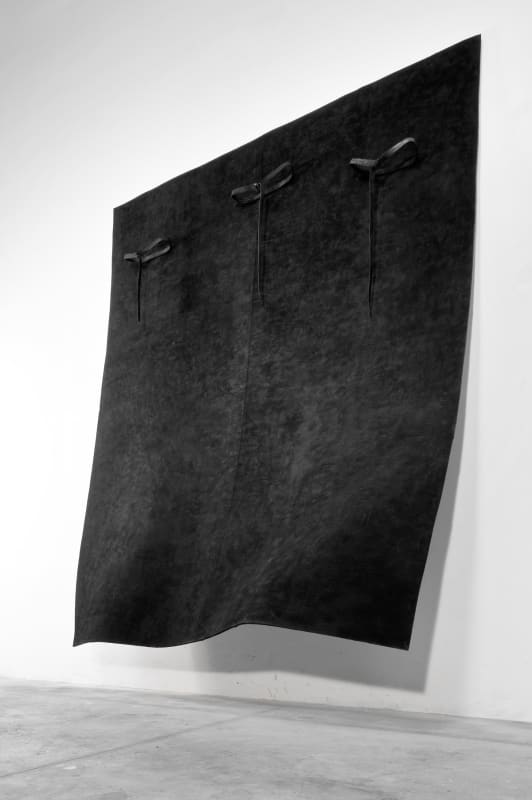MORE GALLERIES ARE SEEING the virtue of sharing artists instead of poaching them, which has been making for some unusual collaborations. In April, Pace Gallery and Marianne Boesky are taking things a step further: they're punching through walls to join their two spaces. The occasion is a 25-year survey of works by Arte Povera artist Pier Paolo Calzolari. Titled When the dreamer dies what happens to the dream?, the exhibition [April 28 – June 4] will feature roughly 20 works by the Italian artist. The short-term link between Boesky's 24th Street space and one of Pace's on 25th Street will be created by opening the back walls of the galleries and constructing a 4-foot-long covered passageway. The conjoined galleries will total 6,400 square feet, 4,000 of which are Pace's.
Though Calzolari, 68, shows regularly in Europe, his last U.S. exhibition was in 1988, at Barbara Gladstone in New York. Represented by Boesky for over a year, he wants his return to the U.S. to be comprehensive. Unable to accommodate the amount of work he wishes to show. including several large-scale installations, Boesky sought offsite spaces to present the overflow but ultimately struck on the idea of joining with her back-end neighbor. "I'm friendly with the Glimchers (Pace's owners)." she explained, "and I thought the combination of a midcareer and established gallery was perfect."
She convinced Calzolari not only that the hookup was convenient but that, against the backdrop of Pace's long history and well -established roster of artists, it would provide a welcome context for his work. The two galleries are sharing costs and commissions, according to Boesky. "We can't do everything." she says by way of explaining the trend of gallery collaborations. "We're competing with mega-galleries.” While "there's a lot of pressure on artists to go mega,” she points out that many aren't comfortable in a large gallery and prefer the personal attention a small or midsize operation can provide. When the two team up, the artist gets additional exposure, and the smaller gallery maintains a stake in an artist whose career it helped nurture.


